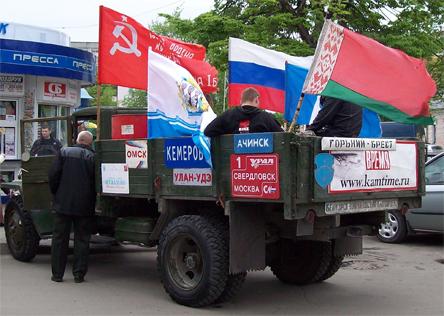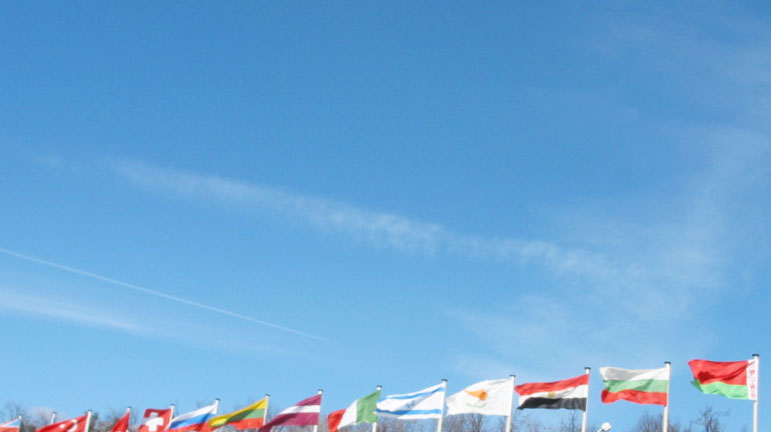How flags are made: fabric, printing, poles, and emblem selection.
Features of flag production, beautiful flagpoles and banners, how to properly choose a coat of arms or flag
Coats of arms and flags are the symbols of a state, the basis of its statehood, a mirror of ancient traditions. A child becomes a citizen when they begin to feel a strong sense of patriotism by recognizing the colors of the flag and understanding their significance.

A banner, like a sponge, absorbs all the historical heritage of a state. Each state's history is unique, as is the distinctive color solution chosen for its banner. Flags and coats of arms themselves are entirely distinct as creations of their culture and people, their symbolism — although the color combinations on banners can sometimes be similar. The Russian flag is made of three colors, as is the national flag of France. The order of the shades and their arrangement differ, and that is enough to distinguish one from the other at a glance.
Ordinary human attempts to express individuality are characteristic of every people who wish to convey their philosophy, uniqueness and distinctiveness through flags.
Color patches and a few details are the simplest means by which recognizability must be achieved. Why? The purposes are varied. Flagpoles bearing a bright banner with the colors of a given country made it possible to tell from afar who awaited ahead: friend or foe; symbolism expresses the idea of unity among tribes and peoples, and attitudes toward union or alliance, and could help instill panic in an enemy.
The reason a banner holds such importance is clear: coats of arms and flags are symbols of a country. Disapproval and rejection of a particular country, its actions or policies often result in acts of desecration against that country's flag. There are many examples. The Turkish flag is set on fire in memory of the Armenian genocide; the flag of the United States is constantly burned. Another motive to set fire to a hated symbol is revenge for inflicted pain. That is why defaced national symbols are a convenient pretext for provocation and the stirring up of hatred and enmity. The memory of historical milestones does not fade quickly, and the flag carries the memory of coups and revolutions, of victories and defeats.
Flag-making is a true art; there is no place for a makeshift approach. Only the chosen can undertake the making of flags. Flags actively changed: from a single color to many, because everyone wanted to preserve the uniqueness of the banner. And yet, many flags and coats of arms are very similar to one another — for example, the Russian, Bulgarian, Italian and French flags. By contrast, the flags of Switzerland, Canada and the United States are easily recognized and remembered.
An unconventional view in any endeavor is a guarantee of its success. The multitude of flags, each containing its own history, does not prevent the development of something new — unique — through color solutions that are most suitable for a given state. Such a banner will help maintain the state's image and emphasize the characteristics of the country and the peoples that form it. A striking example of these successful solutions are the flagpoles with the flags of Abkhazia.
A memorable and distinctive flag — an expression of state policy — with an open hand against contrasting colors symbolizes a striving for peace.
A recognizable brand is the Belarusian flag, with folk ornamentation incorporated into it. There is always the option to buy these flags and demonstrate your national affiliation.
Unusual banner solutions, intricate and multi-element, such as the flag of the Kingdom of Bhutan — a symbol of national identity.
Flag-making has its own history in every country. Therefore flags and coats of arms are "read" differently in different countries. According to the official interpretation, our flag means the following combination: white — freedom, red — statehood, and blue — the Virgin Mary. Popular interpretation differs somewhat from the official one: white — purity, red — the strength and blood of Russia's defenders, and blue — constancy and faith. Although the French flag has similar shades, its semantic content is entirely different. Buying tricolor flags already means identifying as Russian.
